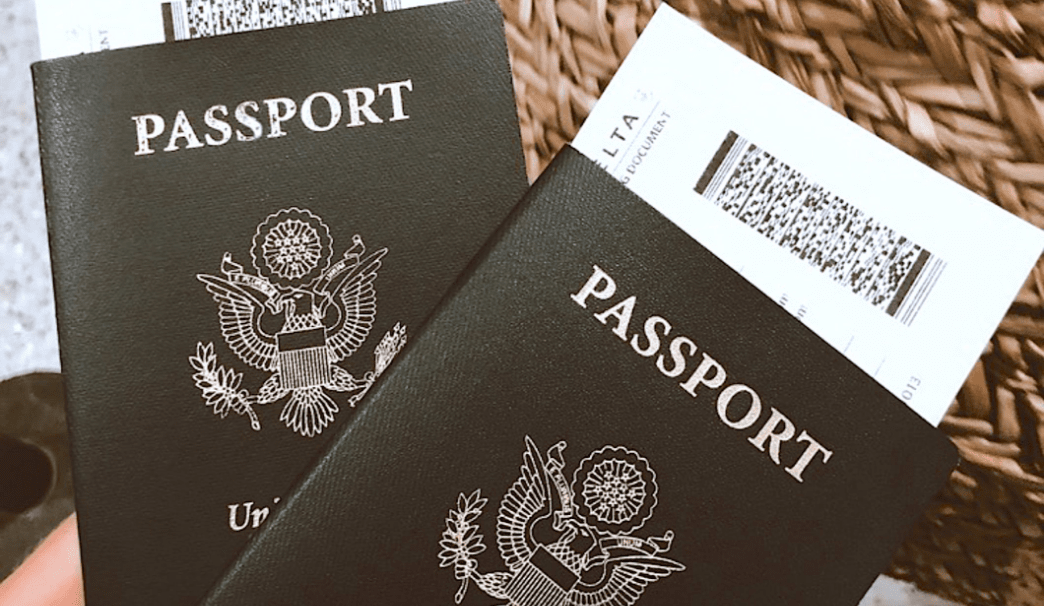As part of a renewed effort to increase efficiency within the USCIS and moreover to make legal immigration more hassle free, there is a new policy for international students who have a pending F-1 change of non-immigrant status application with the USCIS. This blog will focus on understanding how F-1 students previously needed to fill out an additional extension of stay application along with their original I-539. The new policy reduces the amount of paperwork that international students will have to submit, and therefore the amount of paperwork/documentation that USCIS officers have to adjudicate in different U.S. based service centers. The new policy is aligned with the Biden Administration’s executive order to make legal immigration fair and equitable.
Background
While we have previously covered the J-1 visa for graduate students in the United States, the F-1 visa is mostly for undergraduate students who are coming to the U.S. to study. The F-1 is still considered a non-immigrant visa because of its temporary nature and contingency on the international student taking a full course load at an accredited U.S. based university and being verified as having the financial means to do so.
Prior to the recent policy change, any non-immigrant visa holder in the United States who wanted to become an F-1 student needed to fill out an extension of stay application while they waited for their F-1 visa. This was meant to protect non-immigrants and their I-94 from expiring, and thus being found out-of-status while living in the U.S.
However, the new policy now dictates that a non-immigrant who is interested in enrolling in a U.S. based university, and therefore applying for an F-1 student visa through the above mentioned I-539 (available here), does not have to file an extension of stay application while their F-1 application is pending. In other words, the non-immigrant will now be eligible to remain in the U.S. without having to leave while their F-1 visa application is pending. However, this policy does not dictate what the university in question will allow while the F-1 application is pending.
Rationale
The point of creating such a policy from the perspective of the Biden Administration, in addition to the USCIS, is to “reduce workloads and costs for both the applicants and USCIS”.[1] The move is also meant to help international students and the USCIS in the following ways:
- Previous students already in the U.S. were having to file EOS applications because their I-94 was set to expire while they waited for their F-1 visa.
- Students will be able to avoid costly immigration and lawyer fees for more filings.
- The USCIS will be able to reduce its application load by focusing more exclusively on Change of Status applications instead of unnecessary EOS applications which will speed up adjudication times. The current adjudication time for a COS is 9-12 for those seeking an M or F visa.














